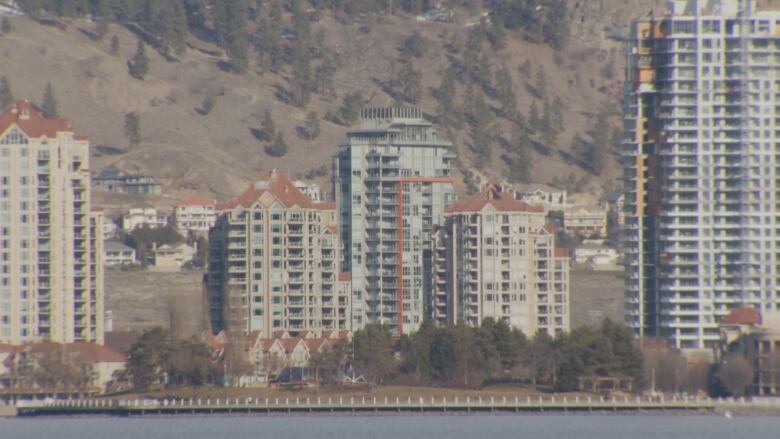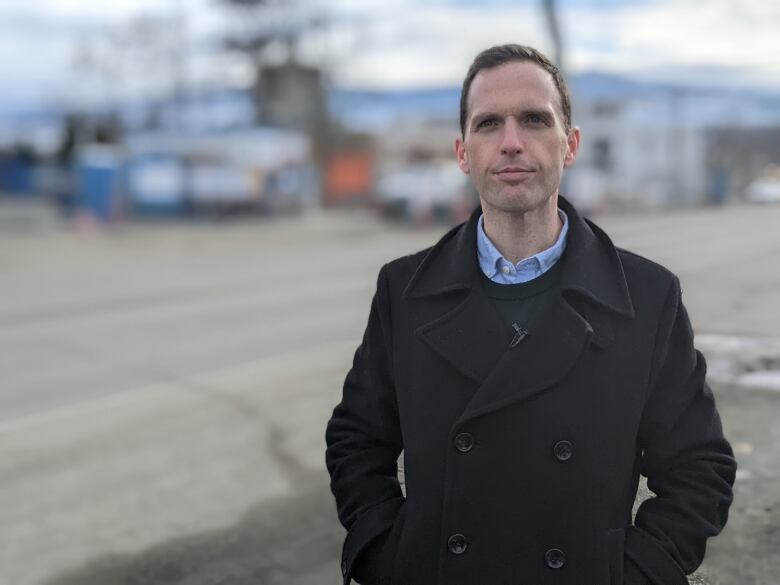Rapid population growth forces smaller cities to rethink infrastructure
More parks, schools, transportation options are some of the things cities need to address

Mark Kidd has always wanted to live on B.C.'s West Coast, so last year he and his family of four moved to Nanaimo, B.C., from their home in Regina, Sask.
"I love it here," he told B.C. Today guest host Bal Brach. "I've always wanted to be here, my folks are here, they're in their 80s."
Kidd is one of thousands of people who moved to the Vancouver Island city in the past five years. The Nanaimo metropolitan census area, which includes nearby communities Qualicum and Parksville, saw a population increase of 10 per cent more than 9,000 people according to the latest census data from Statistics Canada.
The population has also skyrocketed in other mid-sized cities: in Kelowna, for example, the population is up by 13.5 per cent.
The Kamloops metropolitan area also expanded by 8.4, while nearby ski resort town Sun Peaksdoubled its population to 1,400.
The changes are forcingmany of these cities to rethink their infrastructure as they accommodate a growing population.
"It's obvious that there is dramatic growth on Vancouver Island, in Nanaimo in particular, and the expectation is it will continue," Nanaimo mayor Leonard Krog said.
The city is alreadyworking on a plan to accommodate future growth, which includes creating more housing, parks, and transportation options.
"The challenges are around meeting the demand and ensuring that neighbourhoods welcome the changes," he said.
Increasing transportation
Transportation is top of mind in Victoria suburb Langford, where a third of the population is new to the city.
Susan Brice, chair of the Victoria Regional Transit Commission, saysthey've been working on plans to accommodate increased transportation into downtown Victoria from Langford since 2019.
She saysthey plan to implement a rapid bus service, which would include priority bus lanes and more frequent bus services between the cities. She saysit will likely launch in the next year.
Langford mayor Stu Young says public transit use has increased significantly over the past 10 years, and thathe continues topush for a defunctrail line that runs between Victoria and Langford to be revitalized and put to use.
He addsthat the city is building new facilities every year for residents, including recreational facilities, new schools and updated sewer systems.
Keeping up with housing supply
Kelowna is facing a housing crunch, as is much of the province, due to increased demand for growing populations.
"Seeing a lot of rapid population growth means usually that it takes a bit more time for the housing market and housing system to compensate," said James Moore, long-rangeplanning manager at the City of Kelowna.

He saysthe market can't keep up with supply, and when supply can't keep up with demand, prices increase.
The city does have a plan in place for growth over the next 20 years that aims to address infrastructure challenges, he adds.

"The pace of change will have to be something we look at to see whether we need to re-adjust our projections and think about whether Kelowna is going to grow even faster than we thought it would, and think about where those people might might live and what those implications are on our housing system, on our transportation network, on our parks and public spaces," Moore said.
"There are lots of implications there."
With files from Winston Szeto and Paul Malcolm












_(720p).jpg)


 OFFICIAL HD MUSIC VIDEO.jpg)
.jpg)



























































































